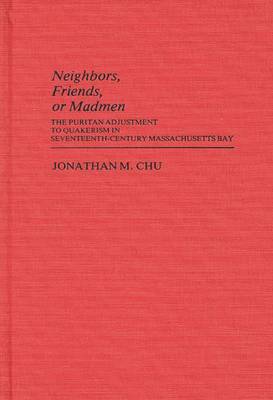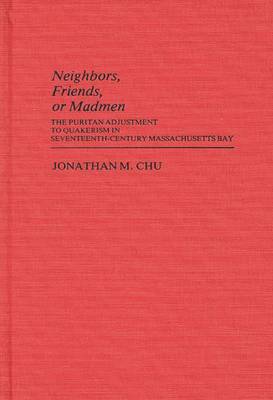
- Retrait gratuit dans votre magasin Club
- 7.000.000 titres dans notre catalogue
- Payer en toute sécurité
- Toujours un magasin près de chez vous
- Retrait gratuit dans votre magasin Club
- 7.000.0000 titres dans notre catalogue
- Payer en toute sécurité
- Toujours un magasin près de chez vous
Neighbors, Friends, or Madmen
The Puritan Adjustment to Quakerism in Seventeenth-Century Massachusetts Bay
Jonathan M ChuDescription
Chu explains the rise of religious toleration in America through an examination of the Puritan response to Quakerism in seventeenth-century Massachusetts. He casts the phenomenon in a new light, arguing that toleration for Quakerism emerged out of the very values and structures of Puritan life in Massachusetts Bay as early as the 1660s. Intolerance, Chu submits, became a threat to the separation of church and state, of local and central authority. The interaction of local forces and interests thus led to a rapid adjustment to and toleration of the Quakers. Chu illustrates this through an examination of Quaker populations in the townships of Kittery and Salem. He describes how the Quakers lived and suggests why they eventually turned from radical proselytizing missionary work to a more restrained and conventional lifestyle.
Spécifications
Parties prenantes
- Auteur(s) :
- Editeur:
Contenu
- Nombre de pages :
- 220
- Langue:
- Anglais
- Collection :
- Tome:
- n° 14
Caractéristiques
- EAN:
- 9780313248092
- Date de parution :
- 23-09-85
- Format:
- Livre relié
- Format numérique:
- Genaaid
- Poids :
- 544 g

Les avis
Nous publions uniquement les avis qui respectent les conditions requises. Consultez nos conditions pour les avis.






